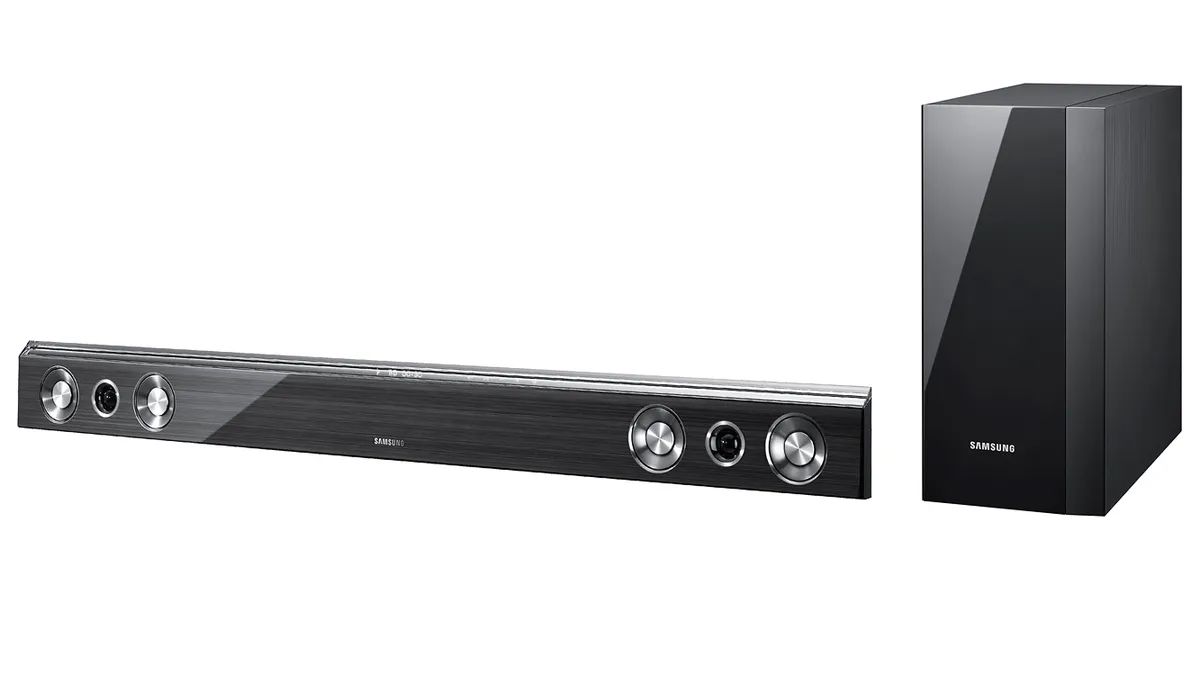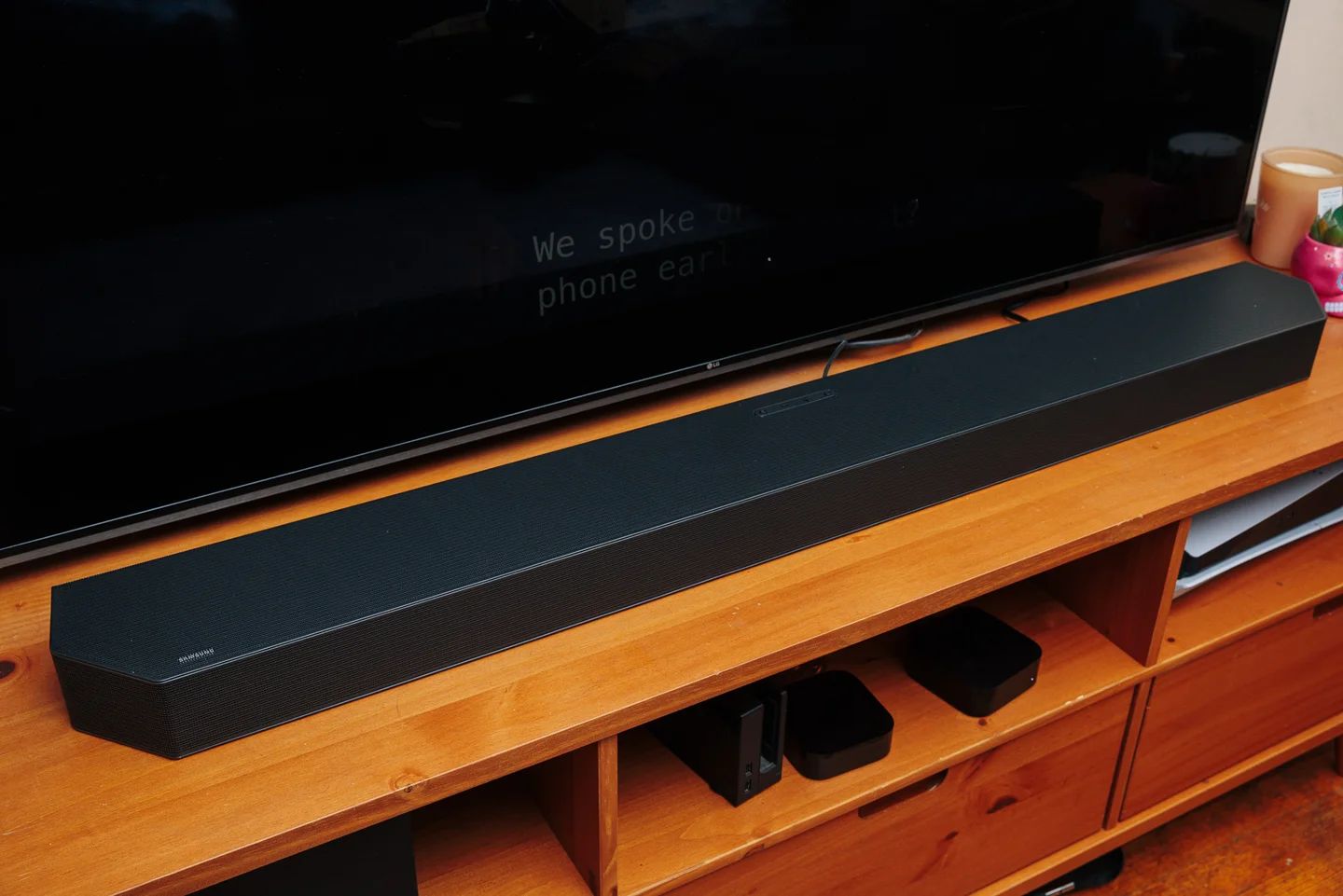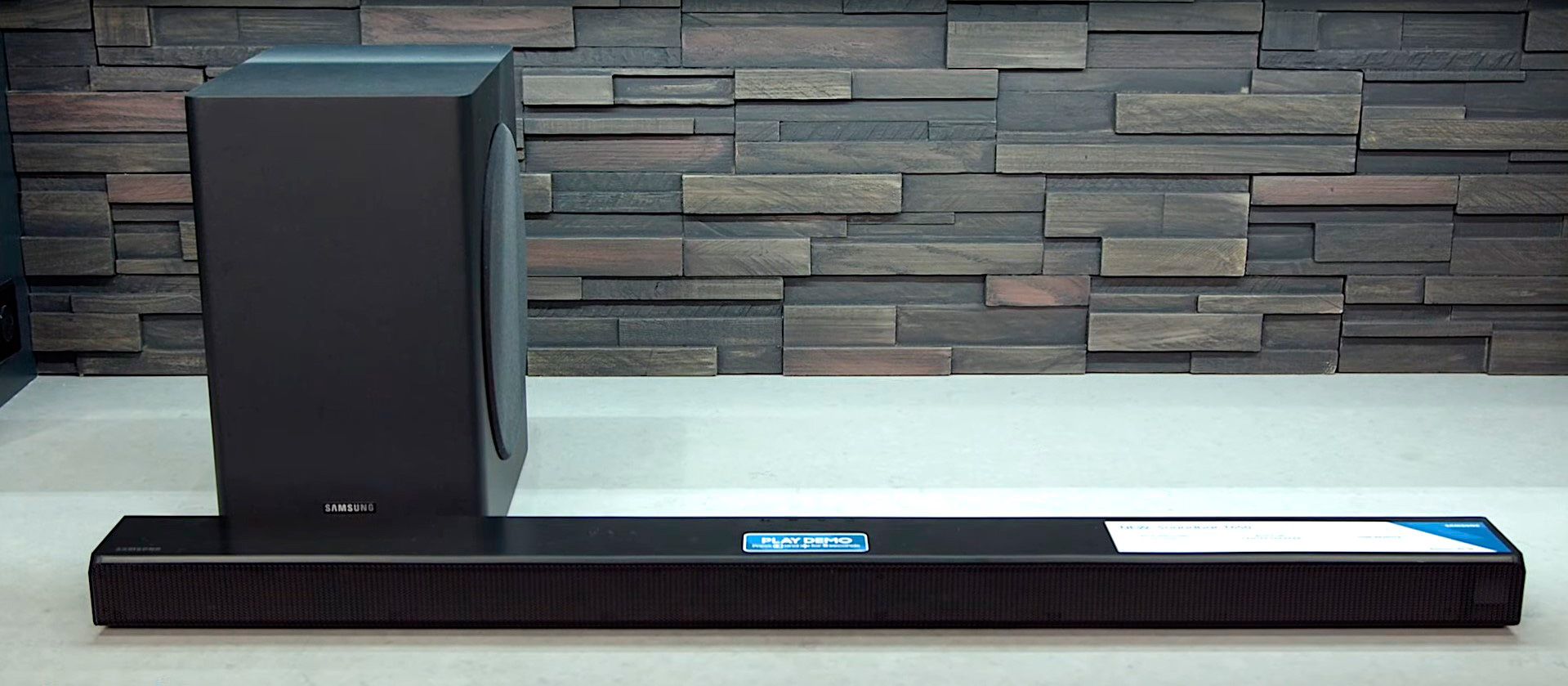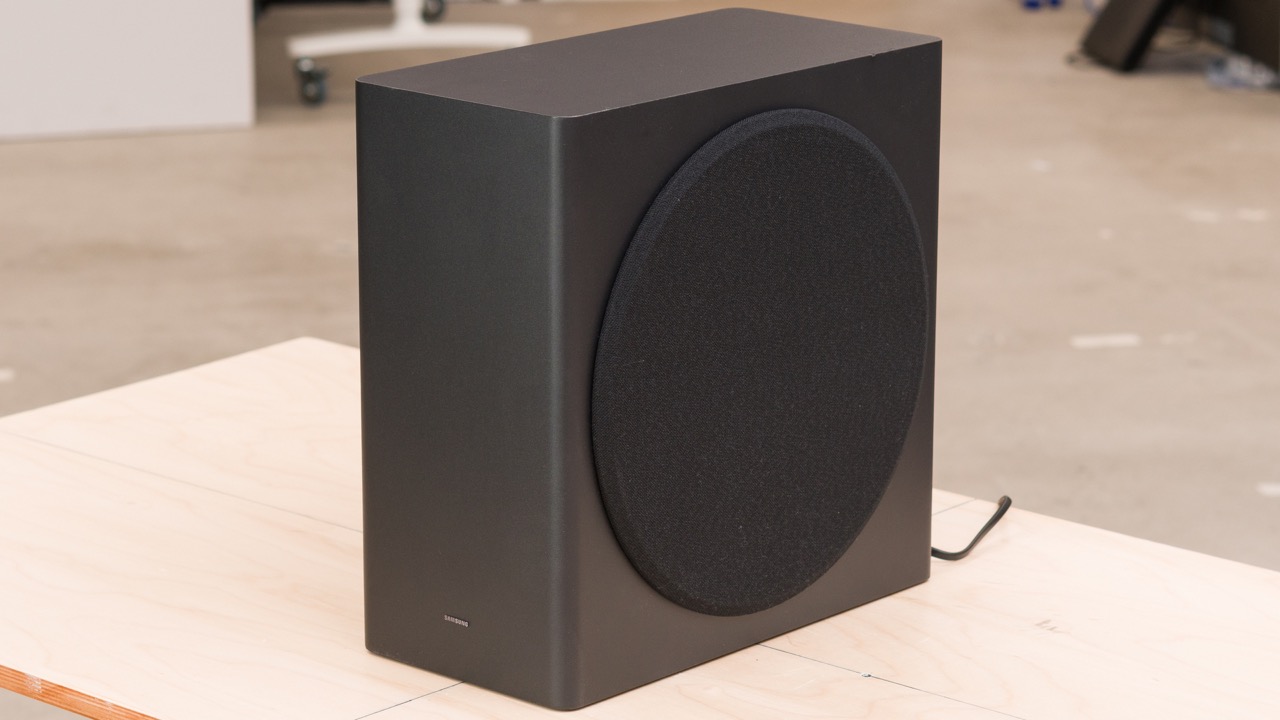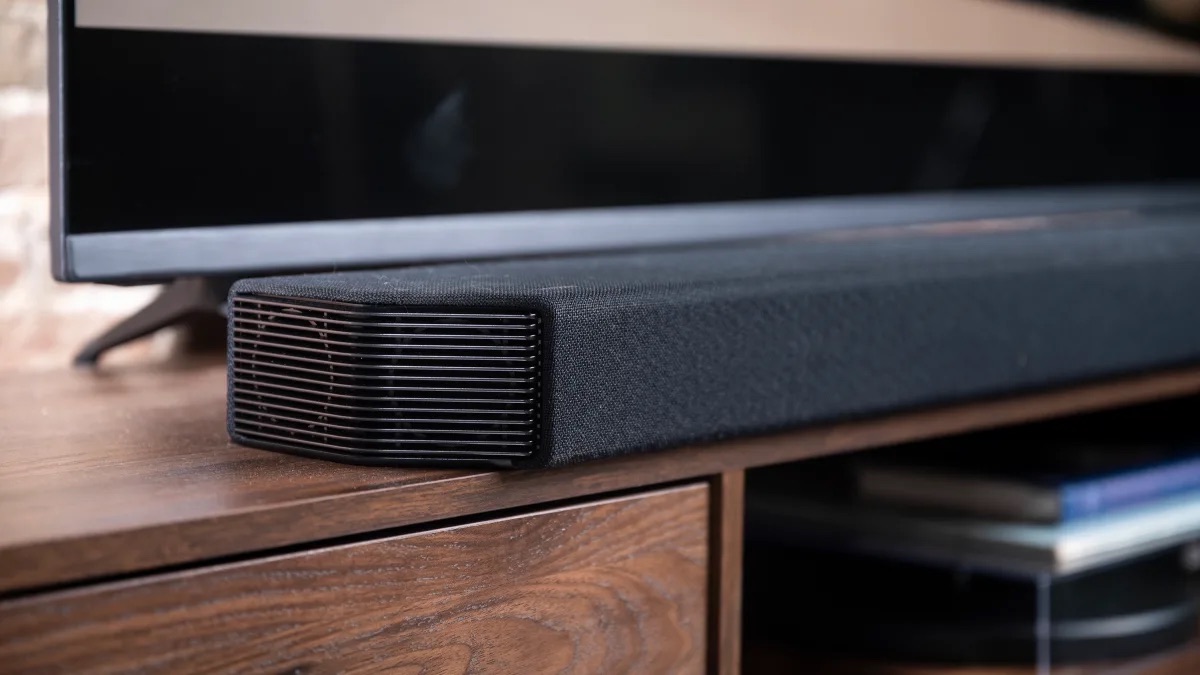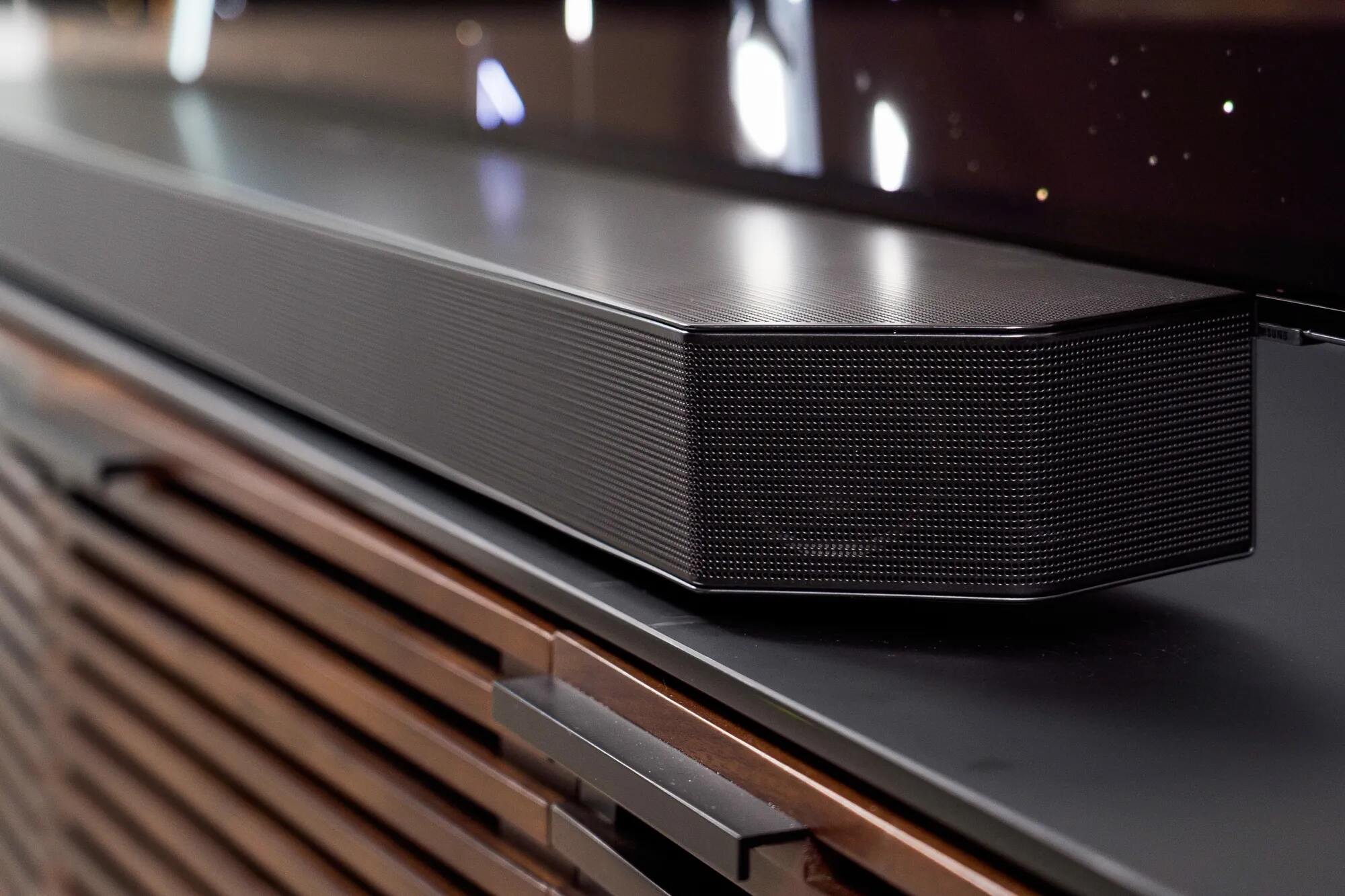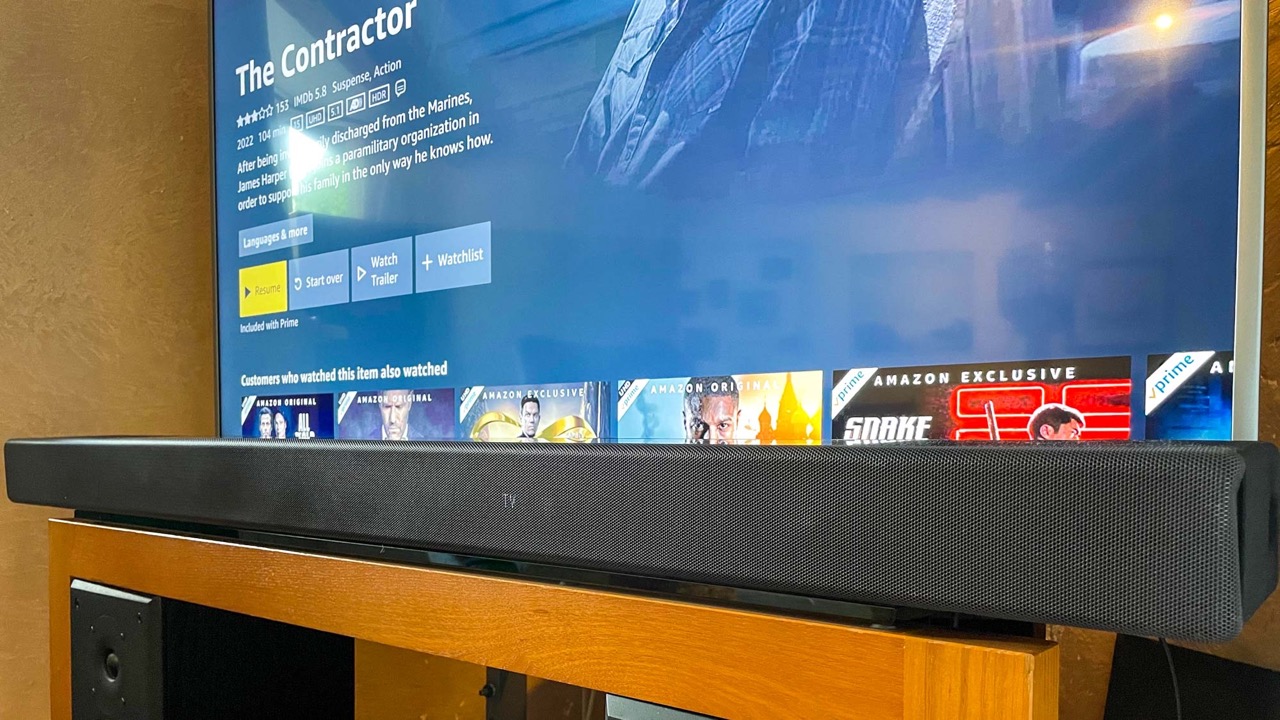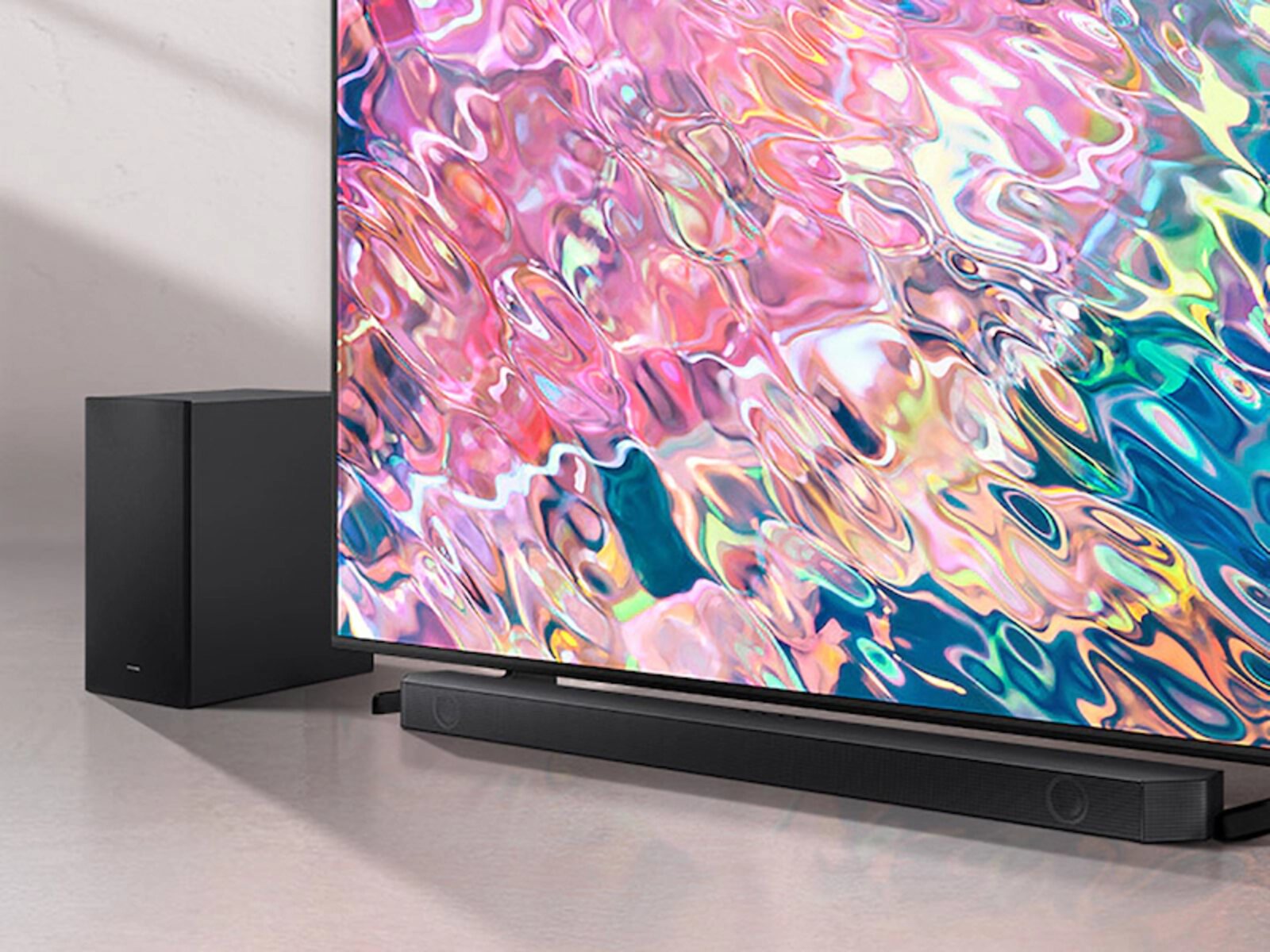Introduction
Are you looking to enhance the audio experience of your Samsung soundbar? Adding a subwoofer to your soundbar setup can significantly improve the bass response and overall sound quality. By connecting a subwoofer, you can enjoy a more immersive and cinematic audio experience right in the comfort of your own home. In this guide, we will walk you through the process of connecting your subwoofer to your Samsung soundbar, ensuring that you can enjoy powerful low-frequency sound.
Whether you already have a subwoofer that you’d like to connect or you’re considering purchasing one, understanding the basics and following the correct setup procedure is crucial. We will discuss the different types of subwoofers compatible with Samsung soundbars, the necessary cables and connections you’ll need, and the configuration of sound settings for optimal performance.
Before we dive into the process, it’s essential to note that the specific steps may vary depending on the model of your Samsung soundbar and the subwoofer you are using. Therefore, it is always recommended to refer to the user manuals for both the soundbar and subwoofer for detailed instructions tailored to your specific devices.
So, if you’re ready to elevate your sound system to the next level, let’s explore the process of connecting a subwoofer to your Samsung soundbar and unleash the true power of your audio setup.
Understanding the Basics
Before connecting your subwoofer to your Samsung soundbar, it’s important to understand the basics of how a subwoofer works and its role in the audio system. A subwoofer is a specialized speaker designed to reproduce low-frequency sounds, commonly known as bass. It adds depth and richness to the audio, enhancing the overall listening experience, especially when watching movies, playing games, or enjoying music genres with prominent bass elements.
When it comes to compatibility, Samsung soundbars typically support both wired and wireless subwoofers. Wired subwoofers require a physical connection to the soundbar, usually through an audio cable, while wireless subwoofers utilize a wireless connection, eliminating the need for cables and offering more flexibility in terms of placement.
Samsung soundbars and subwoofers often come as a package, which means they are pre-paired and designed to work seamlessly together. However, if you want to connect a subwoofer from a different brand or a standalone subwoofer to your Samsung soundbar, it is important to ensure compatibility and check for available connection options.
When selecting a subwoofer to connect to your Samsung soundbar, consider the power output, size, and design to ensure it complements your soundbar and meets your audio preferences. It’s worth noting that some Samsung soundbars feature a built-in subwoofer, negating the need for an external one.
Additionally, it’s essential to familiarize yourself with the ports and connectors on your soundbar and subwoofer. Most Samsung soundbars come equipped with an HDMI ARC (Audio Return Channel) port, optical input, and sometimes a dedicated subwoofer output. The subwoofer typically has an input port for connecting the soundbar using the appropriate cable.
Now that we have a clear understanding of the basics, let’s move on to the step-by-step process of connecting your subwoofer to your Samsung soundbar.
Connecting the Subwoofer to the Soundbar
Connecting a subwoofer to your Samsung soundbar involves a few simple steps. Here’s a comprehensive guide to help you get started:
- First, make sure both your subwoofer and soundbar are powered off.
- Locate the subwoofer input on your soundbar. This is usually labeled as “Subwoofer,” “SW,” or “Sub Out.” It may be a dedicated RCA or 3.5mm port.
- Take the appropriate cable, either RCA or 3.5mm, and securely connect one end into the subwoofer output port on your soundbar.
- Connect the other end of the cable into the input port on your subwoofer. It may be labeled as “Input” or “Sub In.”
- Ensure that the connection is tight and secure on both ends.
- Once the cable is connected, power on both your subwoofer and soundbar.
- Wait for the devices to establish a connection. This may take a few moments.
- Once the connection is established, you should hear a confirmation sound or see a LED indicator light up on your subwoofer.
It’s important to note that if you have a wireless subwoofer, the pairing process may differ slightly. Refer to the user manual of your specific subwoofer to ensure a successful wireless connection between the subwoofer and soundbar.
Additionally, if your Samsung soundbar features HDMI ARC functionality, you can connect the subwoofer using an HDMI cable. Simply plug one end of the HDMI cable into the HDMI ARC port on your soundbar and the other end into the HDMI ARC input on your subwoofer. This allows for both audio and power transmission through a single cable.
Once the subwoofer is successfully connected to your Samsung soundbar, you can fine-tune the audio settings to optimize the bass output and personalize the sound to your liking. Let’s explore the configuration of sound settings in the next section.
Configuring the Sound Settings
After connecting your subwoofer to your Samsung soundbar, it’s time to configure the sound settings to ensure optimal performance and customize the audio experience according to your preferences. Here are the steps to follow:
- Using the remote control that came with your Samsung soundbar, navigate to the settings menu.
- Select the “Sound” or “Audio” settings option.
- Within the sound settings menu, locate the “Subwoofer” or “Bass” adjustment option.
- Adjust the subwoofer level to your desired intensity. Increasing the level will enhance the bass, while decreasing it will reduce the bass impact.
- Some Samsung soundbars offer additional sound modes or equalizer settings. Explore these options to find a sound profile that suits your preferences.
- It’s also worth experimenting with other audio settings, such as surround sound, virtualization, or dialogue enhancement depending on the available features of your soundbar model.
- Test the audio by playing different types of media and adjust the settings as needed until you are satisfied with the overall sound quality.
Remember to take note of any changes you make to the sound settings, in case you want to revert to the previous configuration or fine-tune the audio further in the future.
Keep in mind that every soundbar model may have a slightly different interface and menu options. Therefore, it’s important to refer to the user manual specific to your Samsung soundbar model for more detailed instructions on configuring the sound settings.
Now that you have successfully connected your subwoofer to your Samsung soundbar and optimized the sound settings, let’s address potential troubleshooting issues in the next section.
Troubleshooting Common Issues
While connecting and configuring your subwoofer to your Samsung soundbar, you may encounter some common issues. Here are a few troubleshooting tips to help you resolve them:
No Sound from the Subwoofer:
- Ensure that the subwoofer is powered on and the volume is not set to its lowest level.
- Double-check the connection between the subwoofer and soundbar, ensuring it is securely plugged in on both ends.
- Verify that you have selected the correct sound settings on your soundbar, including enabling the subwoofer output.
Poor or Distorted Bass:
- Adjust the subwoofer level in the sound settings menu of your soundbar. Increase the level if the bass is weak, or decrease it if the bass is overpowering and distorting the sound.
- Ensure that the subwoofer is placed in an optimal location. Experiment with different positions to find the best spot for bass response.
- Make sure there are no obstructions, such as furniture or walls, blocking the subwoofer’s audio output.
Wireless Connection Issues:
- If you are using a wireless subwoofer, check if it is positioned within the recommended range of the soundbar for a stable connection.
- Ensure that both the subwoofer and soundbar are on the same wireless network, especially if you have multiple networks available.
- Reset the subwoofer and soundbar by powering them off and on again. This can help refresh the connection.
If you have followed these troubleshooting steps and are still experiencing issues with your subwoofer connectivity or sound quality, consult the user manual for your specific Samsung soundbar model or reach out to customer support for further assistance.
With these troubleshooting tips in mind, you should be able to overcome any common issues that may arise while connecting and configuring your subwoofer to your Samsung soundbar.
Conclusion
Connecting a subwoofer to your Samsung soundbar can dramatically enhance your audio experience, adding depth and impact to your favorite movies, games, and music. By understanding the basics of subwoofers, selecting the right connection method, and configuring the sound settings, you can achieve optimal performance from your audio setup.
In this guide, we’ve covered the step-by-step process of connecting your subwoofer to your Samsung soundbar using either wired or wireless connections. We’ve also discussed the importance of understanding the compatibility between the subwoofer and soundbar, as well as the different types of connection options available.
Additionally, we’ve explored the importance of configuring the sound settings to suit your personal preferences and provided troubleshooting tips for common issues that may arise during the setup process.
Remember, while this guide offers general instructions, it is essential to refer to the user manuals specific to your Samsung soundbar and subwoofer for detailed instructions tailored to your devices.
Now that you have the knowledge and guidance to connect and configure your subwoofer, it’s time to enhance your audio setup and enjoy a more immersive sound experience. Sit back, relax, and let the powerful bass of your subwoofer take your audio entertainment to a whole new level.







